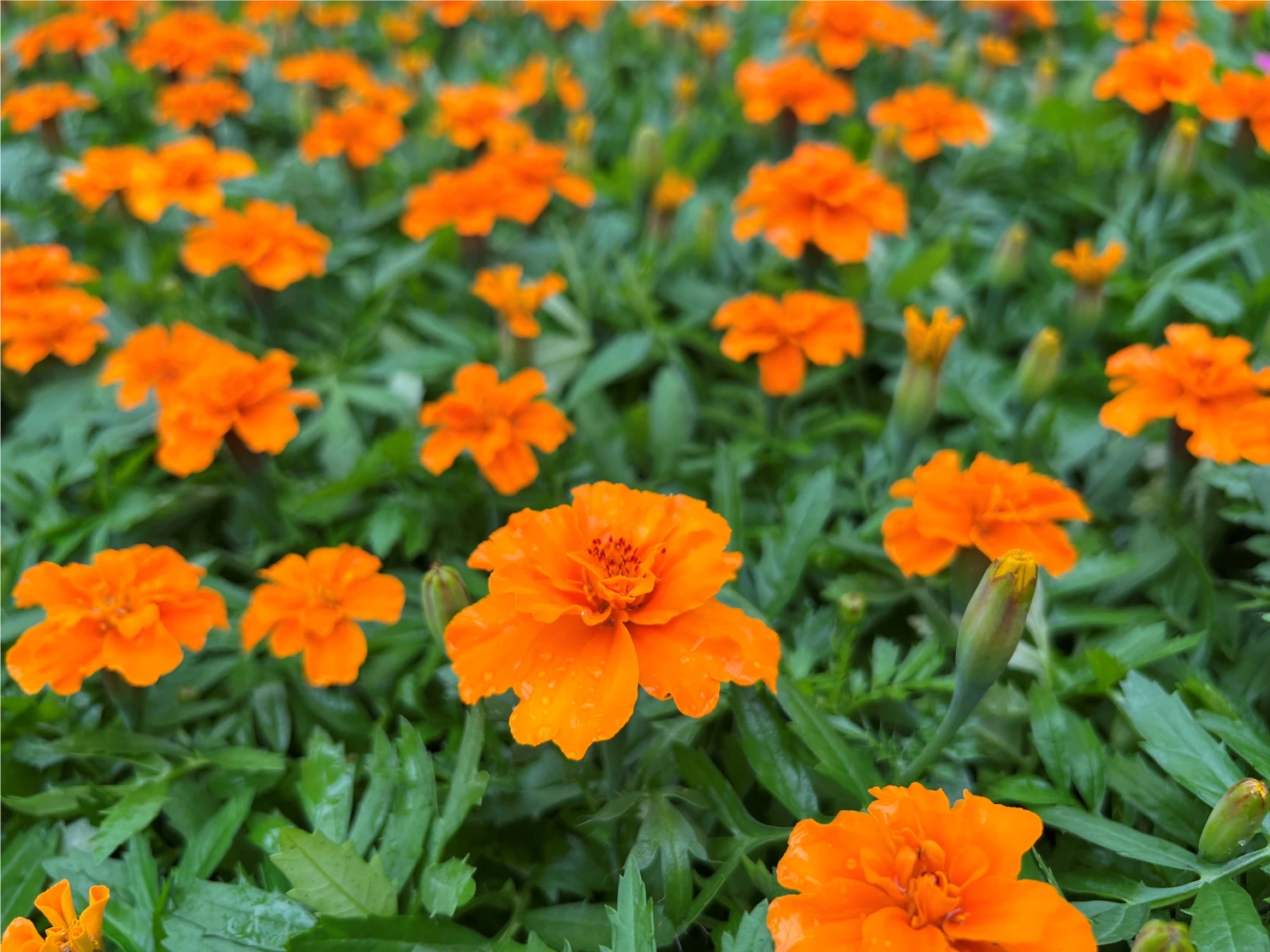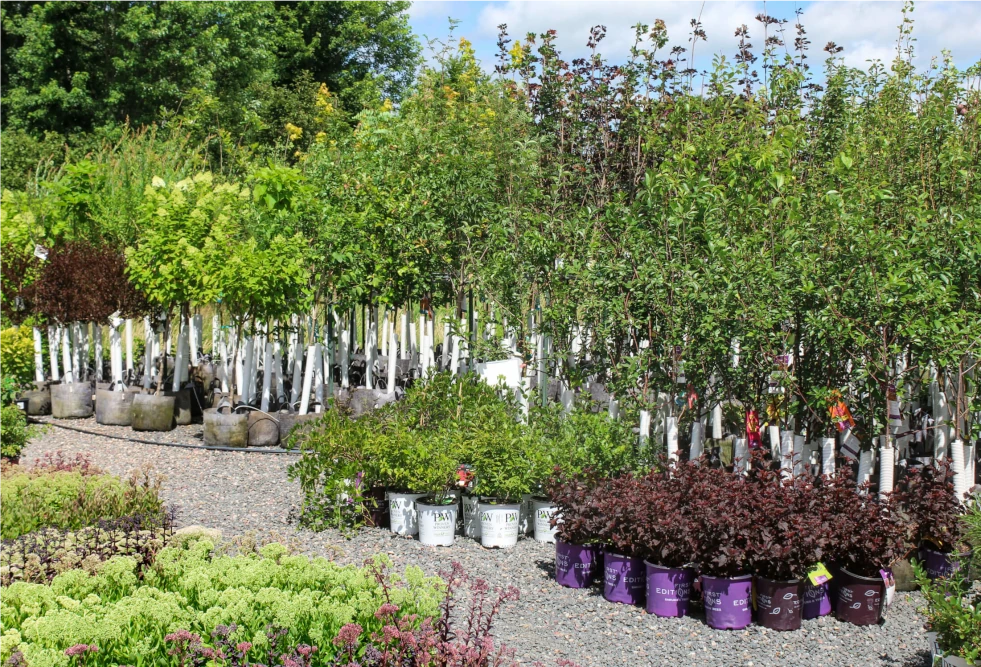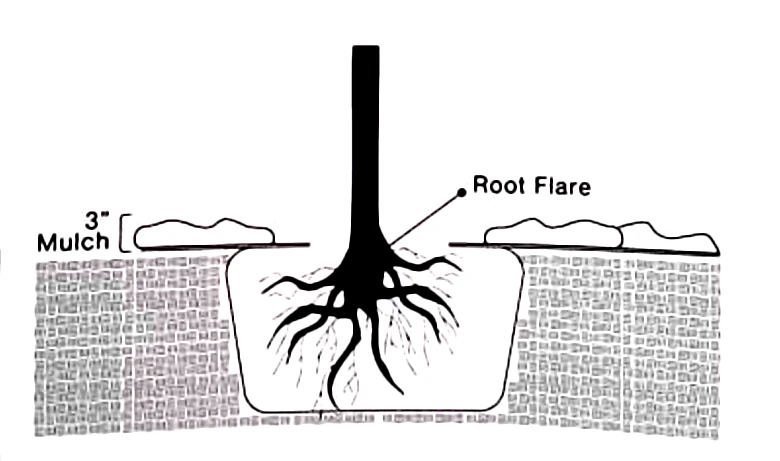

Discover the ideal trees and shrubs suited for your unique landscape requirements with our specialized recommendations. Our guides offer a diverse selection tailored to address specific challenges including drought, planting near black walnut trees, and deer and rabbits munching on your landscape. Our expertly compiled recommendations will help your landscape flourish!
Be sure to browse our wide selection of trees, shrubs, evergreens, and roses!

| Trees | Evergreens | Shrubs |
|---|---|---|
| American Beech | American Holly | Arrowwood Viburnum |
| American Elm | Arborvitae | Barberry |
| American Hornbeam | Canadian Hemlock | Elderberry |
| Blackgum | Chinese Juniper | Euonymus |
| Catalpa | Common Juniper | Forsythia |
| Dogwood | Eastern Red Cedar | Fragrant Sumac |
| Honeylocust | Koreanspice Viburnum | |
| Japanese Maple | Mockorange | |
| Mulberry | Ninebark | |
| Peach, Plum, Cherry | Purple Leaf Sandcherry | |
| Quaking Aspen | Rose of Sharon | |
| Red Maple | Smooth Hydrangea | |
| Red Oak | ||
| Redbud | ||
| River Birch | ||
| Serviceberry | ||
| Sugar Maple | ||
| Sycamore | ||
| Tuliptree | ||
| Willow |
This is easily the most popular bush to plant in northern butterfly gardens since we don't have to worry about it spreading. It produces spires of tiny, honey-scented flowers that draw butterflies like a magnet.
The amazing blue flowers of Caryopteria appear in late summer and continue through fall. They attract the late-season butterflies (and bees) in droves. Give it well-drained soil and lots of sun.
New Jersey Tea is a deeply rooting native, making it especially drought-tolerant. The white flower poms are attractive to all pollinators. It's the host plant for Spring Azure and Summer Azure butterflies.
Buttonbush is a wetlands native of eastern North America and it's particularly popular with Tiger Swallowtail Butterflies. The blooms are white and look like spikey ping pong balls.
The long, fragrant flower panicles of Summersweet are irresistible to butterflies! This shrub needs lots of moisture to thrive and prefers slightly shady conditions.
Tube-like yellow flowers, resembling the flowers of true honeysuckle, bloom in panicles in early summer. Good for early pollinators. It's a densely branched shrub that typically has amazing fall color.
Seven-Son Flower is a large, fountain-shaped, multi-stemmed shrub. It blooms in late summer with creamy white flower clusters, and the bark is exfoliating. The late-season nectar it provides is invaluable!
The big show-stopping blooms of Rose of Sharon are enough on their own to make this flowering bush that attracts butterflies a must-have for many gardeners. Hummingbirds love it too!
This ultra-hardy, non-fussy native shrub thrives in almost any type of soil and attracts bees, caterpillars, and butterflies. It's also the host plant for the Gray Hairstreak butterfly. Deer and rabbit-resistant too.
Sweetspire boasts drooping spires of tiny white flowers that open from base to tip. This North American native loves moisture, similar to the Summersweet. It attracts early season butterflies.
Pussy Willow shrubs are typically overlooked for ornamental use, but it's extremely important for those early emerging, hungry pollinators! It's the host plant for 18 different butterflies and moths! That means that the Pussy Willow is an absolute “must-have” for pollinator gardens.
This butterfly magnet blooms in July with creamy white, Astilbe-like plumes. The foliage is extra gorgeous in shades of caramel pink and lime green. Then the foliage turns bronze in the fall!
This large flowering shrub flowers in early summer, with small tubular pink and white flowers. It flowers best in full sun, though it can take some light shade. Popular with hummingbirds too!
| Less Favored by Deer | ||
|---|---|---|
| Shrubs | Trees | Evergreens |
| Butterfly Bush | Birch | Boxwood |
| Calycanthus | American Larch | Hemlock |
| Caryopteris | Bald Cypress | Juniper |
| Cotoneaster | Gingko | Pieris |
| Forsythia | Honey Locust | Pine |
| Kerria | Magnolia | |
| Lilac | Oaks | Vines |
| Potentilla | Redbud | Bittersweet |
| Red Twig Dogwood | Grape | |
| Spirea | Honeysuckle | |
| Viburnum | Wisteria | |
| Less Favored by Rabbits | ||
|---|---|---|
| Shrubs | Trees | Evergreens |
| Alpine Currant | Birch | Austrian Pine |
| Butterfly Bush | Ginkgo | Boxwood |
| Cotoneaster | Oak | Holly |
| Deutzia | Redbud | Pine |
| Elderberry | Yew | |
| Hydrangea | ||
| Lilac | ||
| Mockorange | ||
| Privet | Vines | |
| Red Twig dogwood | Wisteria | |
| Spirea | Climbing Hydrangea | |
| St. Johnswort | Virginia Creeper | |
| Bald Cypress |
| Catalpa |
| Ginkgo |
| Honeylocust |
| Japanese Tree Lilac |
| Norway Maple |
| Oak |
| River Birch |
| Serviceberry |
| Alpine Currant |
| Barberry |
| Cotoneaster |
| Forysythia |
| Hydrangea paniculatas |
| Hypericum |
| Miss Kim Lilac |
| Potentilla |
| Rose of Sharon |
| Beech |
| Dawn Redwood |
| Dogwood Tree |
| European Hornbeam |
| Hackberry |
| Hemlock |
| Red Maple |
| Sycamore |
| Tuliptree |
| Azaleas |
| Euonymus (Wintercreeper) |
| Evergreen Holly |
| Flowering Quince |
| Red Twig Dogwood |
| Rhododendron |
| Spirea |
As a general rule of thumb all trees should be planted at least 20 feet from septic systems. Trees with invasive roots should be planted even further, at least 50 feet from septic systems.
| Red Maple | Acer rubrum |
| Silver Maple | Acer saccharinum |
| Birch | Betula |
| Beech | Fagus |
| Weeping Willow | Salix alba |
| American Elm | Ulmus americana |
| Dogwood | Cornus sericea |
| Norway Maple | Acer platanoides |
| Sugar Maple | Acer saccharum |
| Dogwood | Cornus |
| Crabapple | Malus |
| White Pine | Pinus strobus |
| Cherry (fruit and ornamental) | Prunus |
| Scarlet Oak | Quercus coccinea |
| Bur Oak | Quercus macrocarpa |
| Northern Red Oak | Quercus rubra |
| Hemlock | Tsuga |
| Trees | Shrubs |
|---|---|
| Bald Cypress | Arrowwood Viburnum |
| Birch | Beautyberry |
| Blackgum | Bigleaf Hydrangea |
| Catalpa | Blueberry |
| Dawn Redwood | Buttonbush |
| Dogwood | Chokeberry |
| Honeylocust | Cranberry Viburnum |
| Hornbeam | Dogwood |
| Pin Oak | Elderberry |
| Quaking Aspen | False Spirea |
| Red Maple | Fothergilla |
| Red Oak | Koreanspice Viburnum |
| Redbud | Ninebark |
| Serviceberry | Spirea (Most) |
| Silver Maple | Summersweet |
| Swamp Oak | Sweetspire |
| Sycamore | Willow |
| Tuliptree | Winterberry |
| Willow | Witchhazel |
| Evergreens | |
| American Holly | |
| Arborvitae | |
| Basalm Fir | |
| Black Spruce | |
| Canadian Hemlock | |
| Eastern White Pine |

Growing Quality Plants to the Glory of the Creator

Growing Quality Plants to the Glory of the Creator
Article from Midwest Living
There's nothing prettier than crabapples blooming in the spring! Newer varieties are much more disease resistant these days. They also come in so many colors too. Try 'Gladiator' or 'Coral Burst'.
The huge, fragrant white blossoms will stop you in your tracks. This variety of lilac much later than it's regular cousins too. 'Ivory Silk' is our favorite specimen.
This evergreen is drought tolerant and disease resistant with its church steeple shape and short, blue-green needles. Its prickly and aromatic foliage contribute greatly to its natural deer resistance.
A three season beauty! Showy spring flowers, delicious summer fruit, and spectacular orange colors in the fall. 'Autumn Brilliance' is our favorite cultivar.
These trees are excellent at providing privacy! They're dense, fairly narrow, and can eventually reach 40 feet in height. Hornbeams aren't picky about soil, but they do prefer to be an understory tree.
Hands down the best water loving tree on earth! You can't go wrong with a willow. They do well in a dry area too! Willows tend to be bell shaped, so give them plenty of space to spread out!
Did you know that birches are actually hardwood trees? They're tough! Birches are great understory trees too. Another winning factor is their winter beauty! The exfoliating bark is just stunning.
Oaks are known for slow to moderate growth, sturdiness, and easy care. They have exceptional drought tolerance, pollution tolerance, and can handle poor soils with no issue whatsoever.
Bald cypresses are slow-growing, long-lived trees that can reach up to 600 years in age. They thrive in poorly drained, wet conditions where many other trees fail.